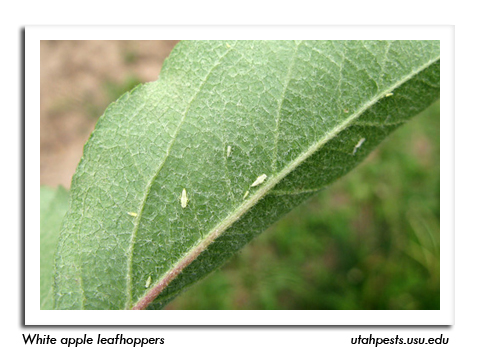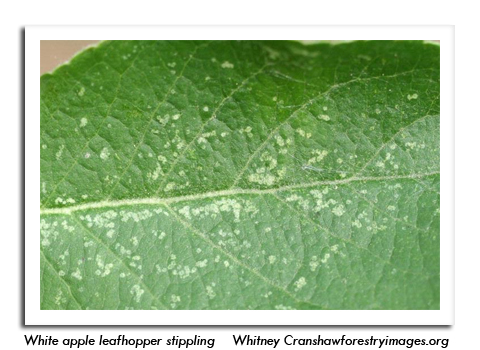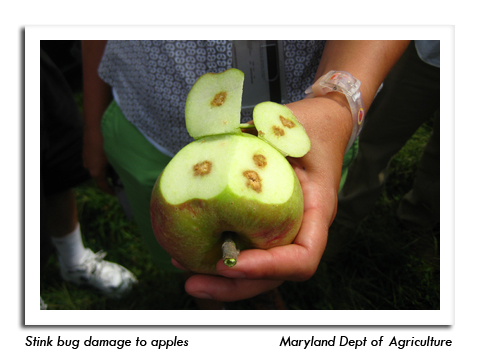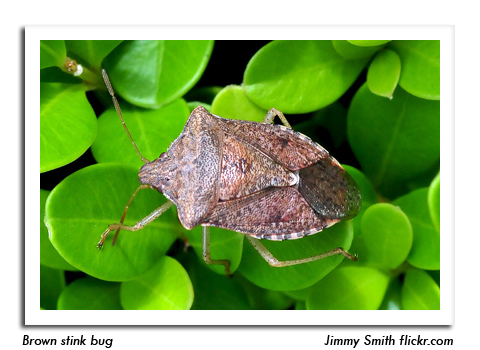
 |
|
|
Fruits
Volume 59 Number 14 Date 08/07/2014 APPLE MAGGOT - Emergence increased in the past week at orchard locations in all areas of the state. Very high counts of 10-30 flies per trap were reported from Bayfield, Gay Mills, Mineral Point, Niagara, Plymouth and Rochester. Growers should maintain traps and continue apple maggot sprays as long as the flies persist and counts exceed established economic thresholds. WHITE APPLE LEAFHOPPER - A report from Orchard IPM Specialist John Aue notes that second generation eggs are beginning to hatch. Apple growers who observed damage caused by the first generation several weeks ago should scout for stippling and whitish spots on leaves in the interior of tree canopies. The summer generation of nymphs feeds well into September and can cause significant chlorophyll loss. In addition, the adults are a nuisance at harvest as they fly into the face and eyes of pickers. Ordinarily, control should target first generation nymphs, but if justified, treatments for the second generation are also effective. JAPANESE BEETLE - Activity has been sporadic this season. A few growers have noted light or moderate damage to apples, but populations are fairly low for early August. If levels increase this month and treatment is required, growers can minimize insecticide use by treating only susceptible, infested varieties. Conventional growers may use pyrethroids or Imidan for immediate knock-down control, while organic producers could target first with PyGanic and follow up the next day with Neem oil as a repellent. For maximum effectiveness, controls should be applied on a warm, sunny afternoon, when the beetles are most active. CODLING MOTH - John Aue advises orchardists to continue monitoring pheromone traps to determine options for second generation control. If counts exceed five moths per trap per week and treatment is warranted, materials such as Altacor and Delegate can be applied within five to seven days of harvest. The three formulations of codling moth granulosis virus may be used until harvest and will provide five to seven days of protection. STINK BUG - Apple growers who experienced stink bug damage last season should begin inspecting fruits for the dimples or dark, irregular circular depressions typical of stink bug feeding, and flag sites with multiple depressions on the same fruit or tree. This pest commonly migrates into orchards from field crops and wild hosts at this time of year. Damage is usually limited to specific areas in the orchard and depending on the distribution of the population, spot treatment may be adequate. -- Krista Hamilton, DATCP Entomologist 




|
|
|